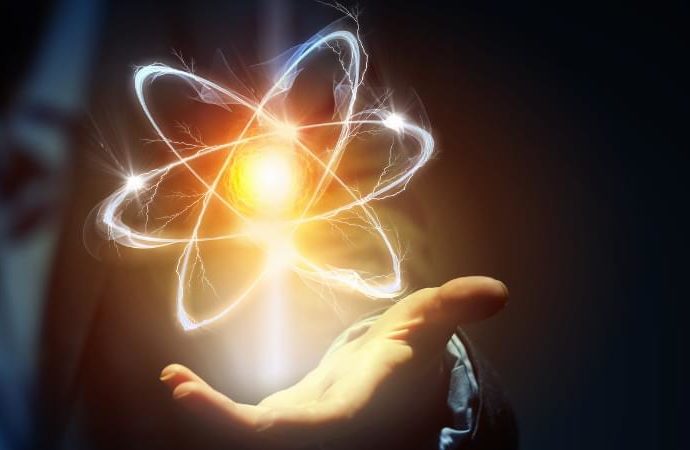Almost five decades after it was first proposed, physicists have finally confirmed the existence of a new form of matter, known as "Excitonium". The discovery has been reported in Science. is right at the cutting edge of our understanding of physicsis right at the cutting edge of our understanding of physics
Nature of Excitonium
- It is a material having condensation qualities and also a material where quantum mechanical properties are macroscopic (visible to the naked eye) rather than microscopic.
- Examples of condensates include superconductors and superfluids.
To understand what Excitonium is made of, however, we need to take a step into solid-state physics.

- Firstly talking about a material where all the atoms are distributed in a nice little grid, by removing an electron, it is possible to create a so-called “electron hole" located where the electron was.
- This hole is not a real particle but it behaves like one (it’s a quasiparticle). And while it might seem weird to us, this is good enough for physics.
- The hole is positively charged and the electron is negatively charged, so it is possible to create a bound state between the two, with the electron orbiting the hole, instead of falling back in. This bound state is the exciton, which is the building block of Excitonium.
- Gathering proof or confirmation for the existence of the exciton has been considered as a very difficult task due to another, albeit unrelated, phenomenon known as Peierls phase that shares some observable characteristics with the quasiparticle.
- Abbamonte’s group and colleagues from the University of Oxford and the University of Amsterdam developed a new technique that allowed them to confirm that the observed phenomenon was indeed an exciton.
- The technique is called momentum-resolved electron energy-loss spectroscopy that can be used to monitor the momentum of the electrons with high precision.

- By the use of this method, the researching team witnessed for the first time a soft Plasmon phase as the material reached the critical temperature of 190 Kelvin (-83 C, -117 F). The soft Plasmon is the expected precursor of the exciton, and so appeared to confirm its existence.
Senior author Professor Peter Abbamonte, from the University of Illinois Urbana, said in one of his statement that this result is of cosmic significance.
Ever since the term 'Excitonium' was coined in the 1960s by Harvard theoretical physicist Bert Halperin, physicists have sought to demonstrate its existence.
Further, he added that
- "It has been debated for a long time that whether it would be an insulator, a perfect conductor, or a superfluid – with some convincing arguments on all side."
- He continued. "Since the 1970s, many experimentalists have published evidence of the existence of Excitonium, but their findings weren't definitive proof and could equally have been explained by a conventional structural phase transition."
While other condensates have found applications in the world, it’s too early to expect technology made of Excitonium just yet. But understanding this new material could lead to unlocking more levels of the puzzle that is quantum mechanics.

 Dark Energy: The Inv..
Dark Energy: The Inv..
 New Form Of Matter C..
New Form Of Matter C..
 Do Plants Gamble?..
Do Plants Gamble?..
 Leonardo's Salvator ..
Leonardo's Salvator ..
 Is A Dark Matter Hol..
Is A Dark Matter Hol..
 Historical Tombs Of ..
Historical Tombs Of ..
 Strange History Abou..
Strange History Abou..
 Can Eating Too Much ..
Can Eating Too Much ..




















Comments